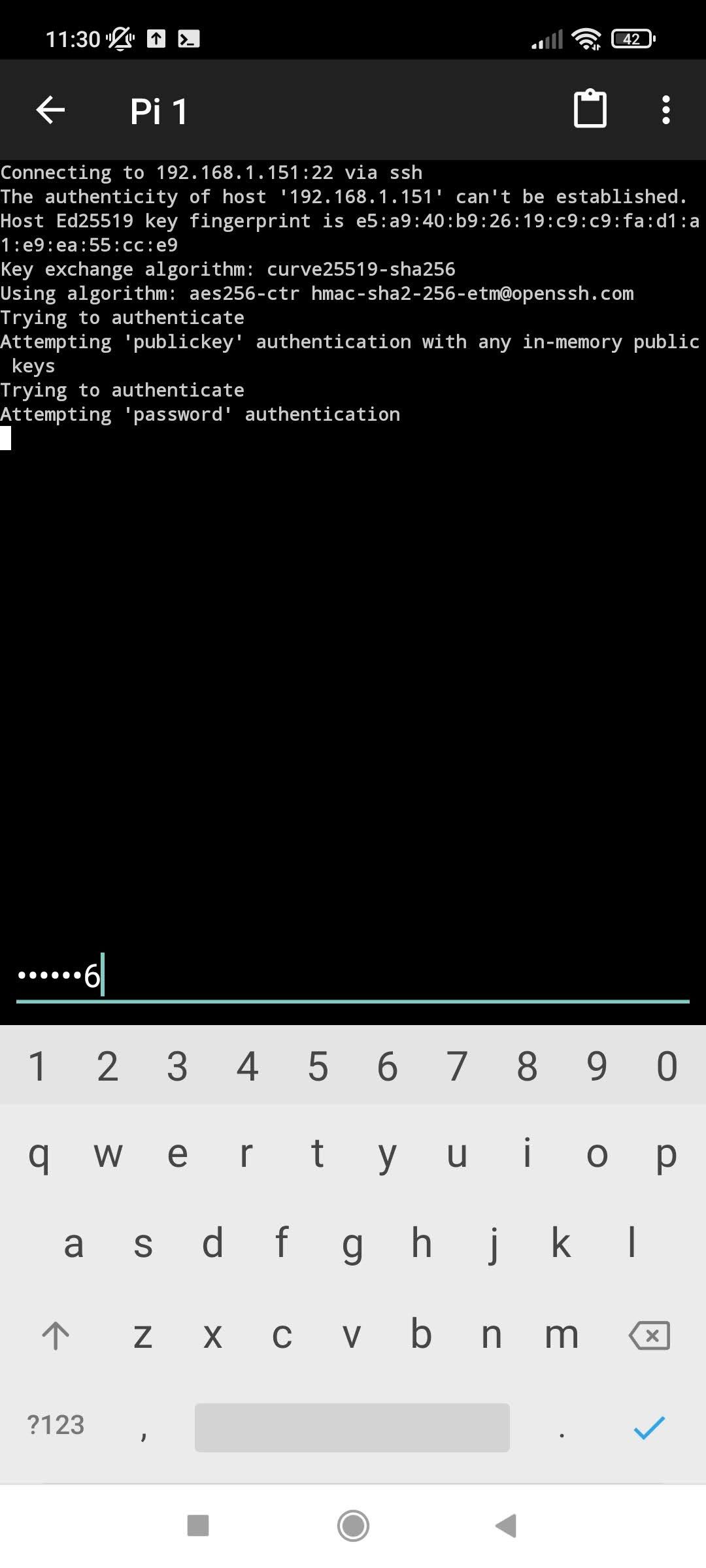Secure Raspberry Pi remote access is a crucial skill for anyone managing these versatile devices. Whether you're setting up a home automation system, running a media center, or deploying IoT solutions, being able to control your Raspberry Pi remotely can save time and effort. By mastering SSH setup, you ensure seamless connectivity while maintaining robust security measures.
SSH (Secure Shell) provides encrypted communication between your device and the Raspberry Pi, making it an ideal method for remote management. This guide will walk you through the necessary steps to set up SSH properly, explore various methods for accessing your Raspberry Pi over the internet, and discuss additional tools like VPNs and tunneling services that enhance security and convenience. Let’s dive into how you can achieve secure and reliable remote access.
Setting Up SSH on Your Raspberry Pi
Enabling SSH on your Raspberry Pi is the first step towards achieving secure remote access. To do this, use the Raspberry Pi command line tool by pressing Ctrl+Alt+T to open the terminal. Enter the command 'sudo raspi-config' to launch the configuration interface. From there, navigate to the Interface Options section and enable SSH. This process ensures that SSH is activated and ready for connections.
Once SSH is enabled, it's important to verify its status. You can check if SSH is running by typing 'sudo service ssh status' in the terminal. If everything is configured correctly, you should see confirmation that the SSH service is active. Additionally, consider changing the default password of the 'pi' user to strengthen security against unauthorized access.
For those using newer versions of Raspberry Pi OS, enabling SSH might also involve creating an empty file named 'ssh' in the boot partition of your SD card before the initial boot. This method automatically activates SSH during the first startup, streamlining the setup process for headless installations.
Creating Secure Tunnels for Remote Access
After enabling SSH, establishing a secure connection over the internet requires creating custom tunnels. One popular solution is Pitunnel.com, which allows users to generate unique tunnels for their Raspberry Pi devices. These tunnels provide a safe pathway through which SSH sessions can be accessed from anywhere in the world. Simply sign up for an account and follow the instructions to configure your Raspberry Pi accordingly.
Another approach involves configuring port forwarding on your router. By mapping an external port to the internal IP address of your Raspberry Pi, you allow direct SSH access from outside your local network. However, this method exposes your device to potential threats unless proper security measures are implemented, such as limiting access to specific IP addresses or enabling two-factor authentication.
For added peace of mind, consider combining SSH with a Virtual Private Network (VPN). Setting up a VPN server on your router or another machine within your network encrypts all data transmitted between your device and the Raspberry Pi. This dual-layer protection minimizes risks associated with public networks and enhances overall security.
Connecting via SSH Clients
With SSH enabled and tunnels established, connecting to your Raspberry Pi becomes straightforward. On Windows, download and install PuTTY, a free SSH client that simplifies remote access. Enter your Raspberry Pi's hostname or IP address along with the appropriate port number, then log in using the credentials you set earlier. Similarly, macOS and Linux users can utilize the built-in Terminal application to establish SSH connections effortlessly.
VNC (Virtual Network Computing) offers an alternative way to interact with your Raspberry Pi remotely. While SSH grants command-line access, VNC enables graphical interaction, allowing you to control the desktop environment just as if you were sitting in front of the device. Install a VNC server on your Raspberry Pi and connect using compatible clients available for most platforms.
LibreELEC, a lightweight Linux distribution designed for media centers, supports SSH management out of the box. This makes it easy to administer systems running Kodi on Raspberry Pi hardware without needing physical access. For projects requiring frequent updates or troubleshooting, having SSH access proves invaluable in maintaining efficiency and reducing downtime.
Enhancing Security Through Best Practices
While SSH itself provides strong encryption, adhering to best practices further secures your Raspberry Pi from potential threats. Start by disabling password authentication in favor of public key authentication. Generate a pair of keys on your local machine and copy the public key to the Raspberry Pi using the 'ssh-copy-id' command. This eliminates the need for passwords and reduces vulnerability to brute-force attacks.
Regularly update your Raspberry Pi OS and installed packages to patch known vulnerabilities. Use commands like 'sudo apt update' and 'sudo apt full-upgrade' to keep everything current. Additionally, monitor login attempts and review logs for suspicious activity. Tools like Fail2Ban can help automate the detection and blocking of malicious actors attempting unauthorized access.
Finally, consider implementing firewall rules to restrict incoming traffic only to essential services. Configuring ufw (Uncomplicated Firewall) on your Raspberry Pi allows you to define policies that block unwanted connections while permitting legitimate ones. Combining these strategies creates a comprehensive security framework that protects your device even when accessed remotely.

